DIN rails, which stand for “Deutsches Institut für Normung” rails, are standardized metal rails extensively used for mounting electrical and industrial control equipment inside equipment racks and enclosures. These rails are a cornerstone in electrical engineering due to their versatility, ease of installation, and standardized design.
There are three main types of DIN rails, each with specific dimensions and applications. The most common type is the Top Hat Rail (TH35), which is 35mm wide and typically 7.5mm or 15mm high. It is used for mounting a variety of electrical devices, such as circuit breakers, relays, and terminal blocks. The C-section Rail (C20 or C30), which is typically 20mm or 30mm wide, is less common and primarily used in specific industrial applications where a more robust mounting solution is required. The G-section Rail (G32), 32mm wide, is often found in older installations and for certain types of control equipment.
DIN rails are usually made from cold-rolled carbon steel, stainless steel, aluminum, or copper, and they are often galvanized or coated to prevent corrosion. The choice of material depends on the environmental conditions and the specific requirements of the application. This variety in materials ensures that DIN rails can be used in a wide range of settings, from standard indoor environments to harsher industrial locations.
Installation of DIN rails is designed to be quick and straightforward. Devices are mounted onto the rail using clips or brackets that snap into place, providing a secure and stable setup. This modular approach simplifies wiring, reduces installation time, and makes it easy to add, remove, or replace components. This ease of use is one of the key benefits of DIN rails, making them a preferred choice for many engineers.
The benefits of DIN rails are numerous. The system is standardized according to IEC/EN 60715, ensuring compatibility across a wide range of devices and manufacturers. The modular nature of DIN rails allows for easy customization and reconfiguration of control panels and enclosures. They help organize electrical components neatly, making the most of available space and facilitating maintenance and troubleshooting. Moreover, DIN rails are made from robust materials, providing a stable and durable mounting solution that can withstand the demands of industrial environments.
Conclusion
DIN rails are an essential component in modern electrical and industrial control systems. Their standardized design, ease of installation, and flexibility make them indispensable for organizing and securing electrical components. Whether used in industrial control panels, switchgear, or equipment racks, DIN rails provide a reliable and efficient solution for mounting electrical equipment. Learn more
There is £4.99 charge for delivery under £50 Orders. Additional charges will be imposed by our couriers for delivery to remote area, a surcharge may be levied to cover carriage to these areas.
0 reviews for DIN Rail Slotted Aluminum
DIN Rail Slotted Aluminum
$23.00 Original price was: $23.00.$21.00Current price is: $21.00.
42 people are viewing this product right now
Din rails are standardized metal rails used in electrical and electronic equipment installations. They serve as a mounting platform for various components and devices within control cabinets, distribution boards, and other enclosures.
19 in stock
- Free shipping on all orders above 50,00
- No hassle returns, 30 days return
- Next day delivery within your country
Related products
Fire Hydrant Topper
Safety Light Curtain
Fire detection systems
Safety Laser Scanner
Pneumatic valves
Signal calibration
Safety Controller
$264.00 Original price was: $264.00.$245.00Current price is: $245.00.

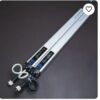
$1,137.00 Original price was: $1,137.00.$900.00Current price is: $900.00.
By using this website you agree to our Privacy Policy.
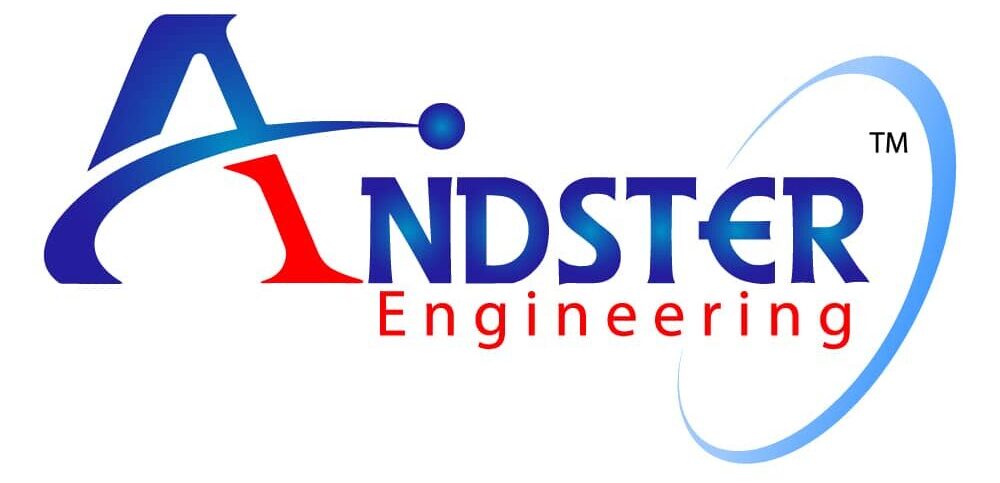


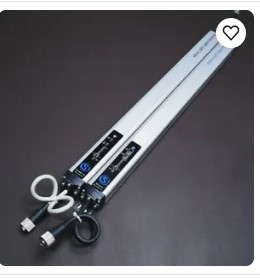


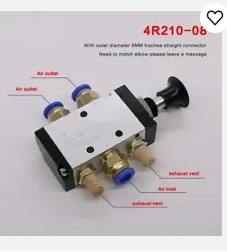
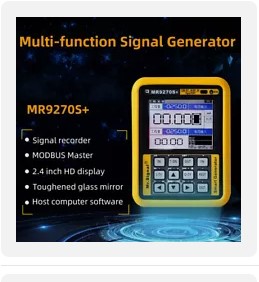
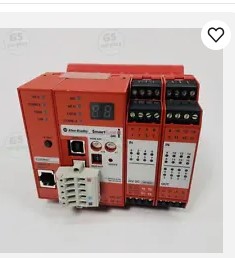
andsterengineering –
Good